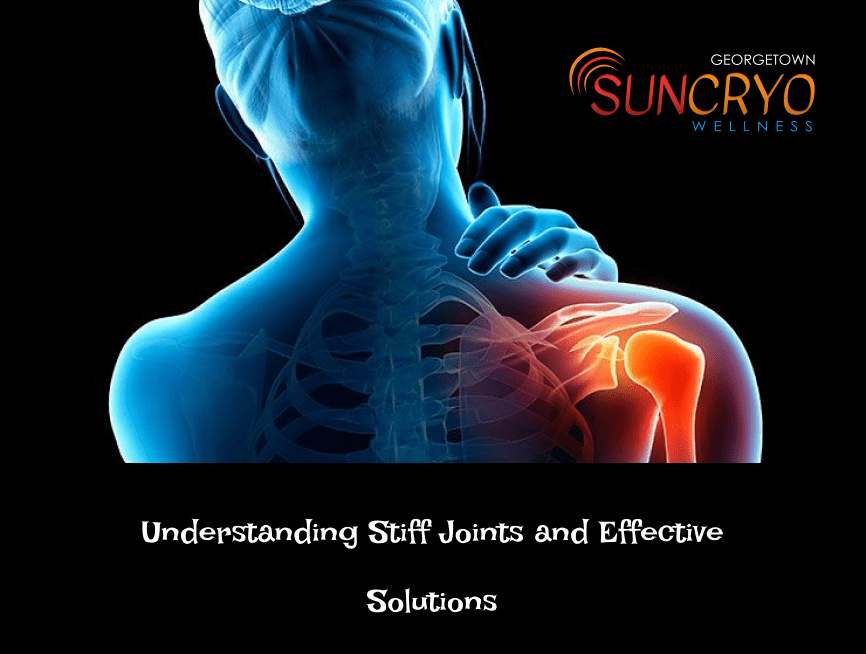Stiff Joints and Effective Solutions

Introduction: Unraveling the Mysteries of Stiff Joints
Stiff joints can disrupt daily life and hinder mobility, affecting people of various age groups. Understanding the causes and seeking effective solutions is crucial to alleviate discomfort and regain mobility. At times, stiff joints are a result of age-related wear and tear on the body, while other times, they may stem from underlying health conditions or lifestyle factors.
Unveiling the Root Causes of Stiff Joints
Aging and Joint Health
As we age, the body’s ability to produce sufficient cartilage and lubricating fluids for the joints diminishes. This leads to joint stiffness, making routine movements more challenging. However, it’s essential to note that aging alone isn’t the sole contributor to stiff joints.
Lifestyle Factors and Joint Health
Sedentary lifestyles, lack of physical activity, poor posture, and inadequate nutrition play pivotal roles in joint health. Inactivity can cause muscle weakness and affect joint flexibility, exacerbating stiffness. Proper posture and regular physical activity are vital in maintaining joint mobility and reducing stiffness.
Medical Conditions and Stiff Joints
Underlying medical conditions like arthritis, rheumatism, and inflammation can significantly impact joint health, resulting in stiffness and discomfort. Proper diagnosis and tailored treatment plans are imperative to manage these conditions effectively.
Effective Strategies for Managing Stiff Joints
Embracing Physical Activity and Exercise
Engaging in regular exercise routines, including low-impact activities like swimming, yoga, and walking, can enhance joint flexibility and strengthen surrounding muscles. These exercises aid in reducing stiffness while improving overall joint health.
Maintaining a Healthy Diet
A well-balanced diet rich in anti-inflammatory foods such as fatty fish, nuts, fruits, and vegetables can help reduce joint inflammation. Moreover, adequate intake of calcium, vitamin D, and omega-3 fatty acids can contribute to maintaining healthy joints.
Adopting Proper Posture and Ergonomics
Ergonomic adjustments in workspaces and daily activities can significantly alleviate joint stress. Maintaining correct posture, using supportive furniture, and taking regular breaks can prevent stiffness and discomfort.
Seeking Professional Guidance and Treatment
Consulting a healthcare professional specialized in joint health is pivotal. They can provide personalized recommendations, prescribe suitable medications, or suggest physical therapies to manage stiff joints effectively.
Conclusion: Embracing a Life with Mobile Joints
In conclusion, stiff joints can be managed effectively through a holistic approach encompassing lifestyle modifications, exercise, proper nutrition, and professional guidance. By understanding the root causes and implementing appropriate strategies, individuals can regain mobility and lead a more fulfilling life.
